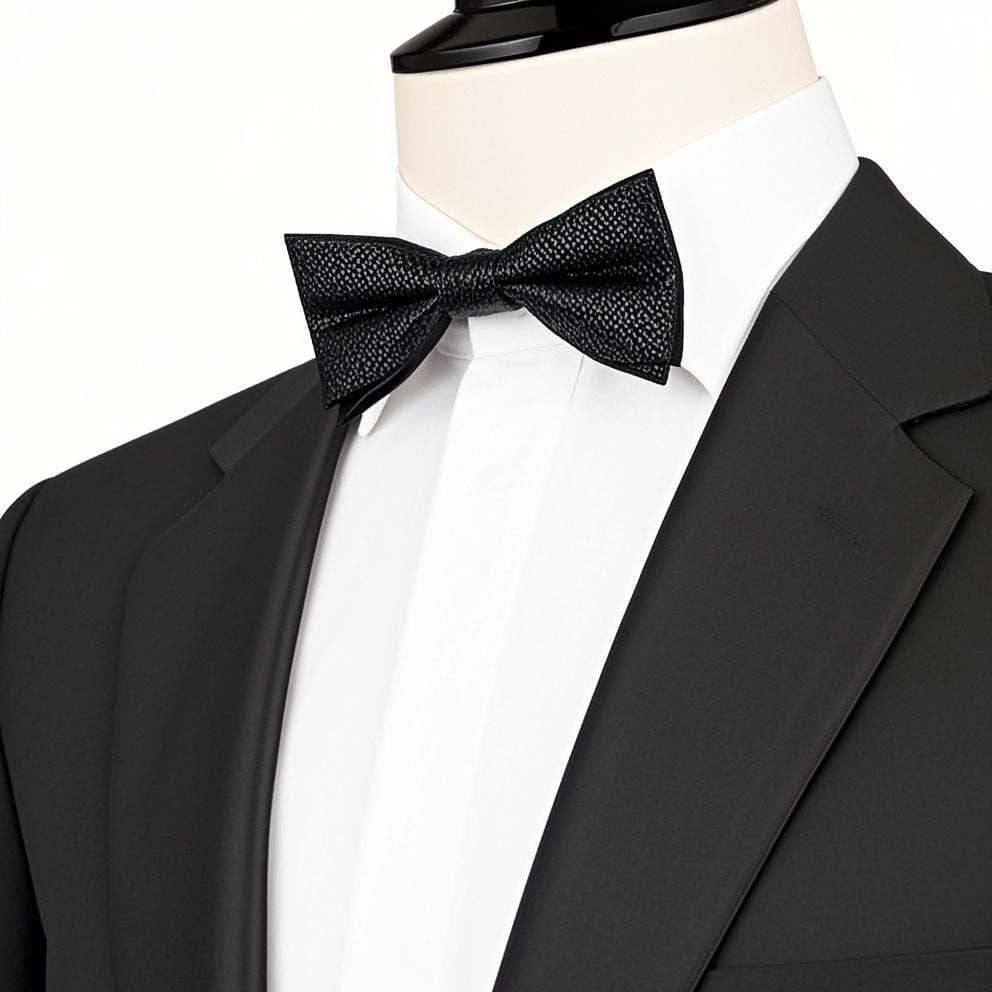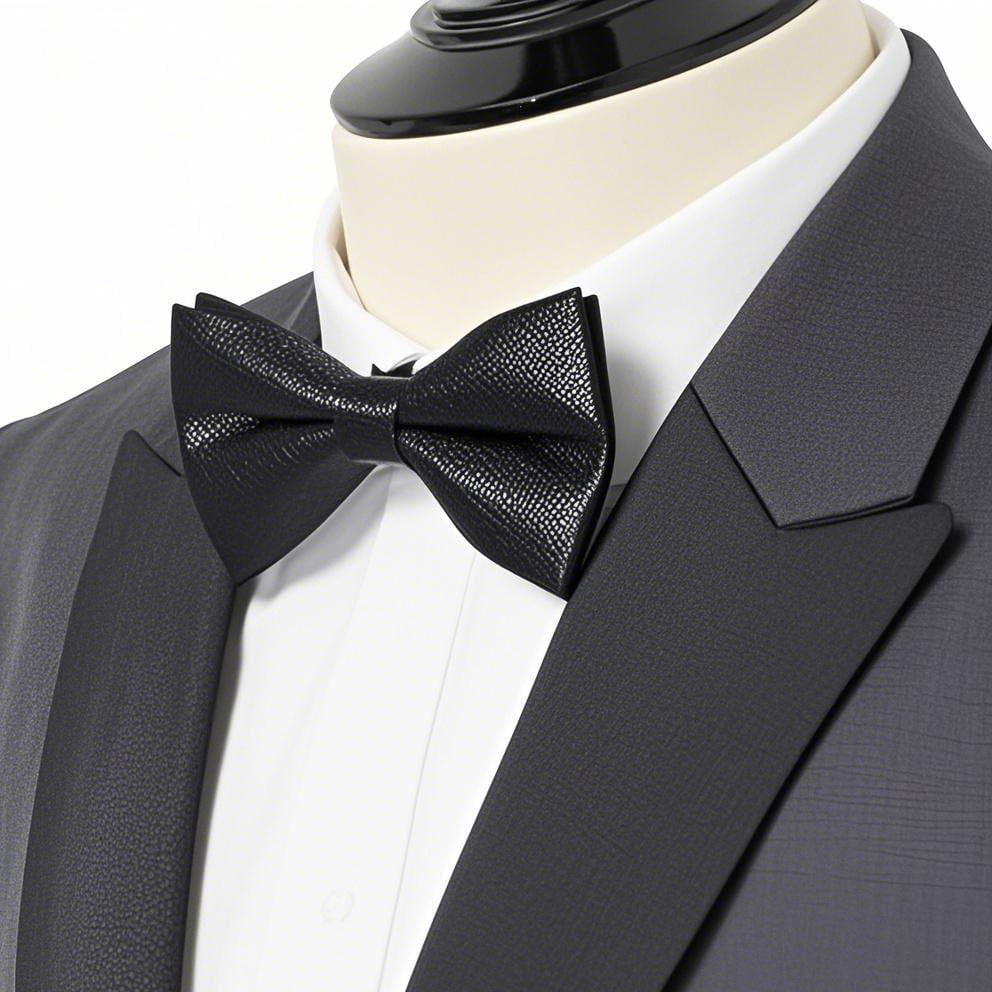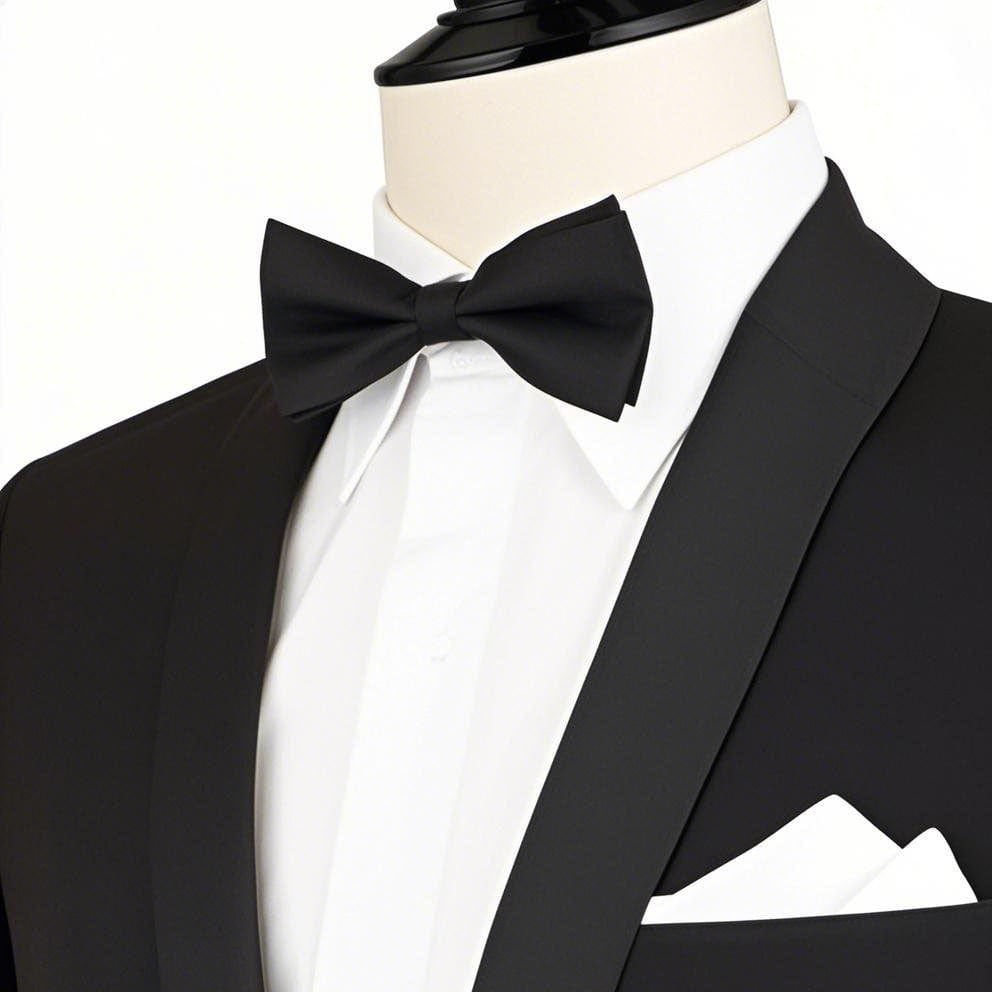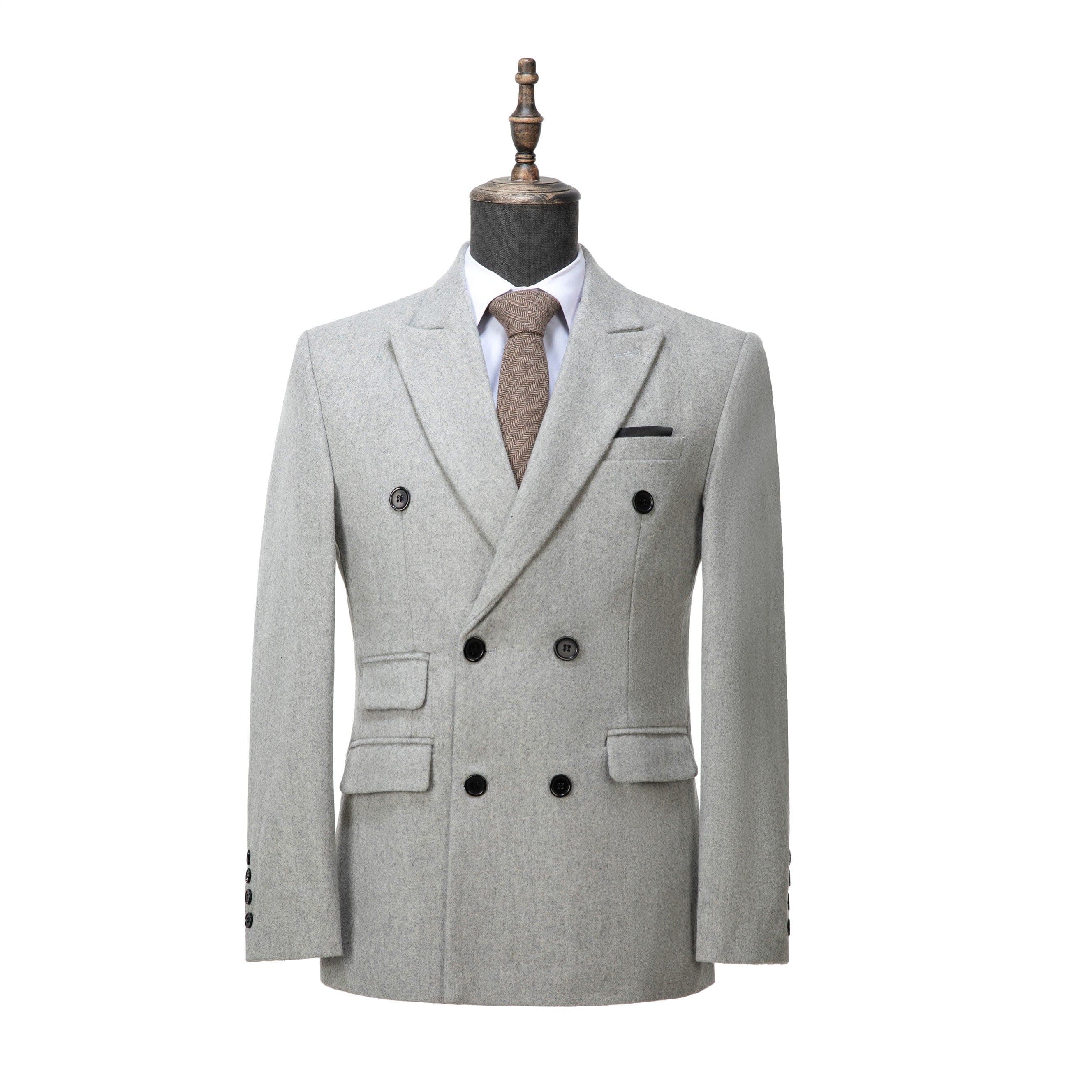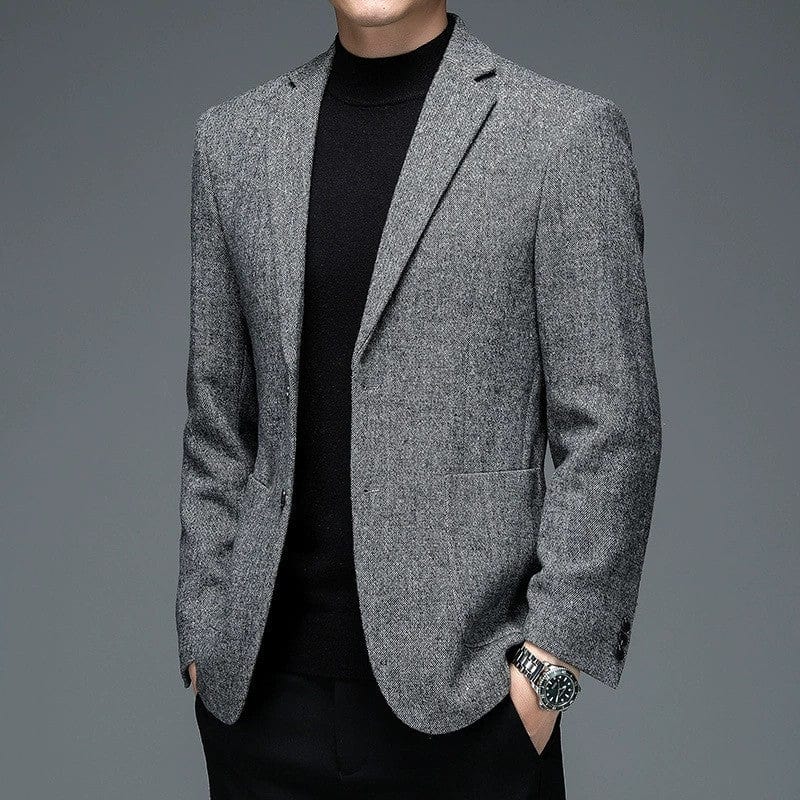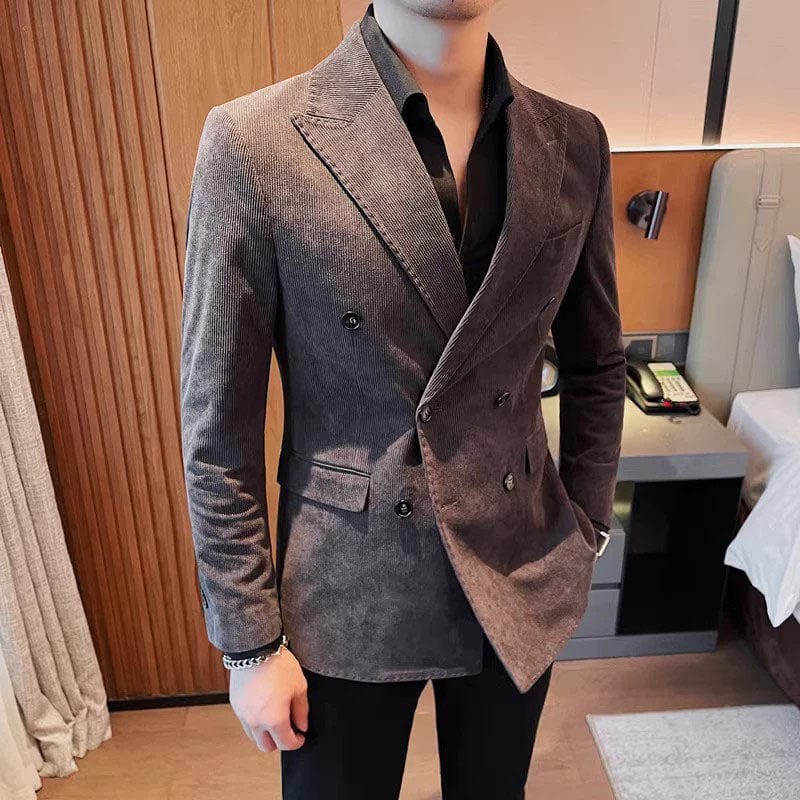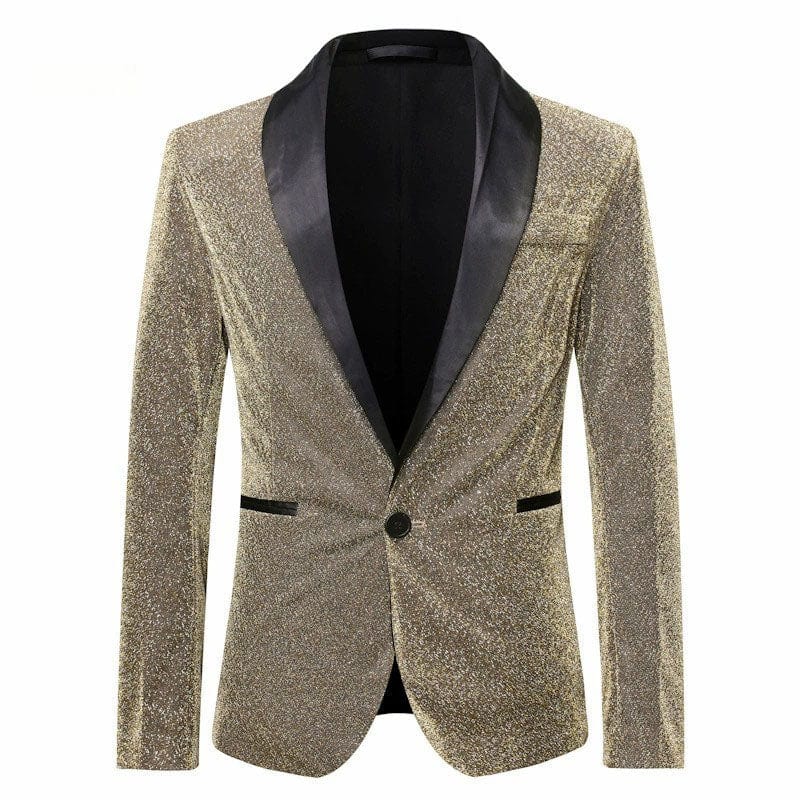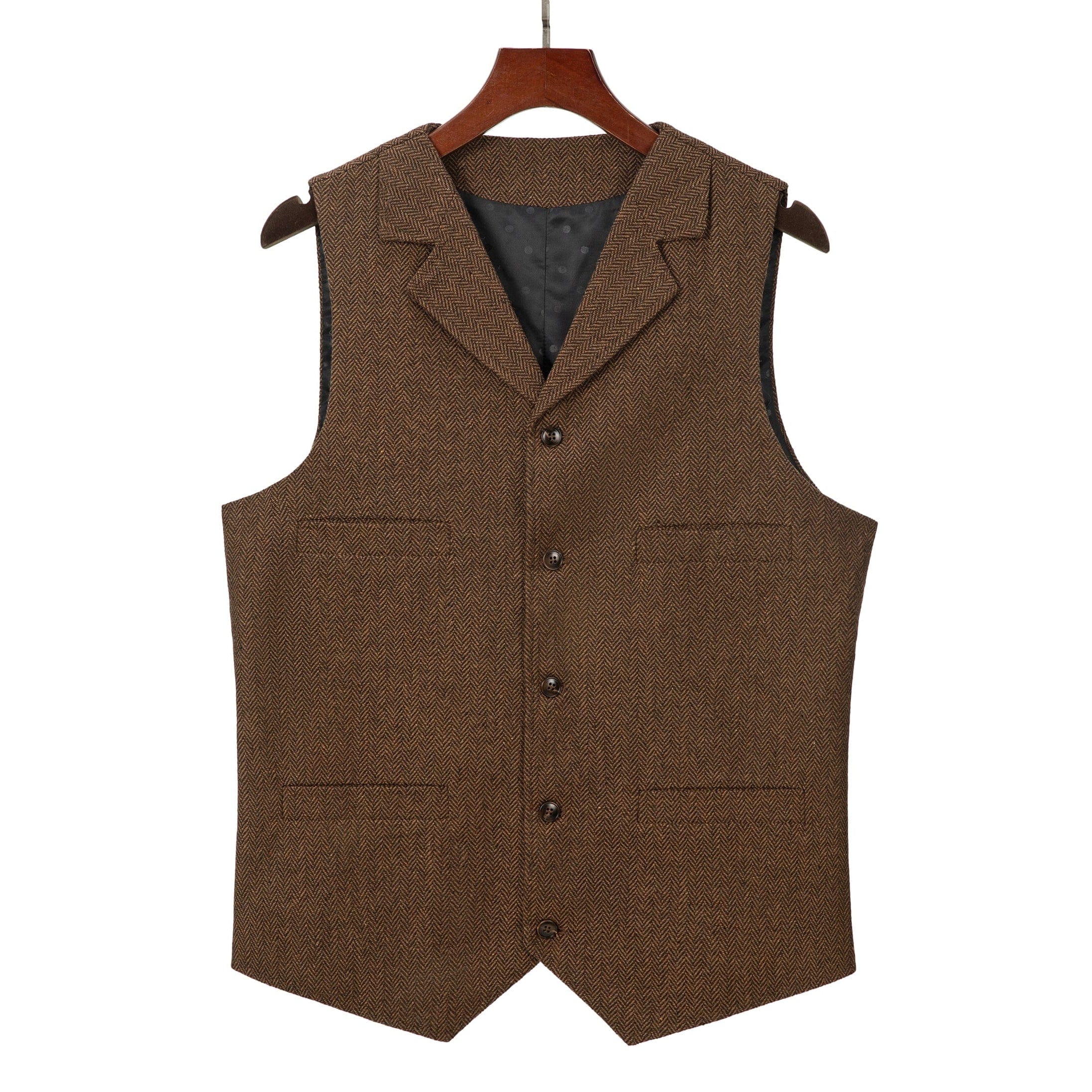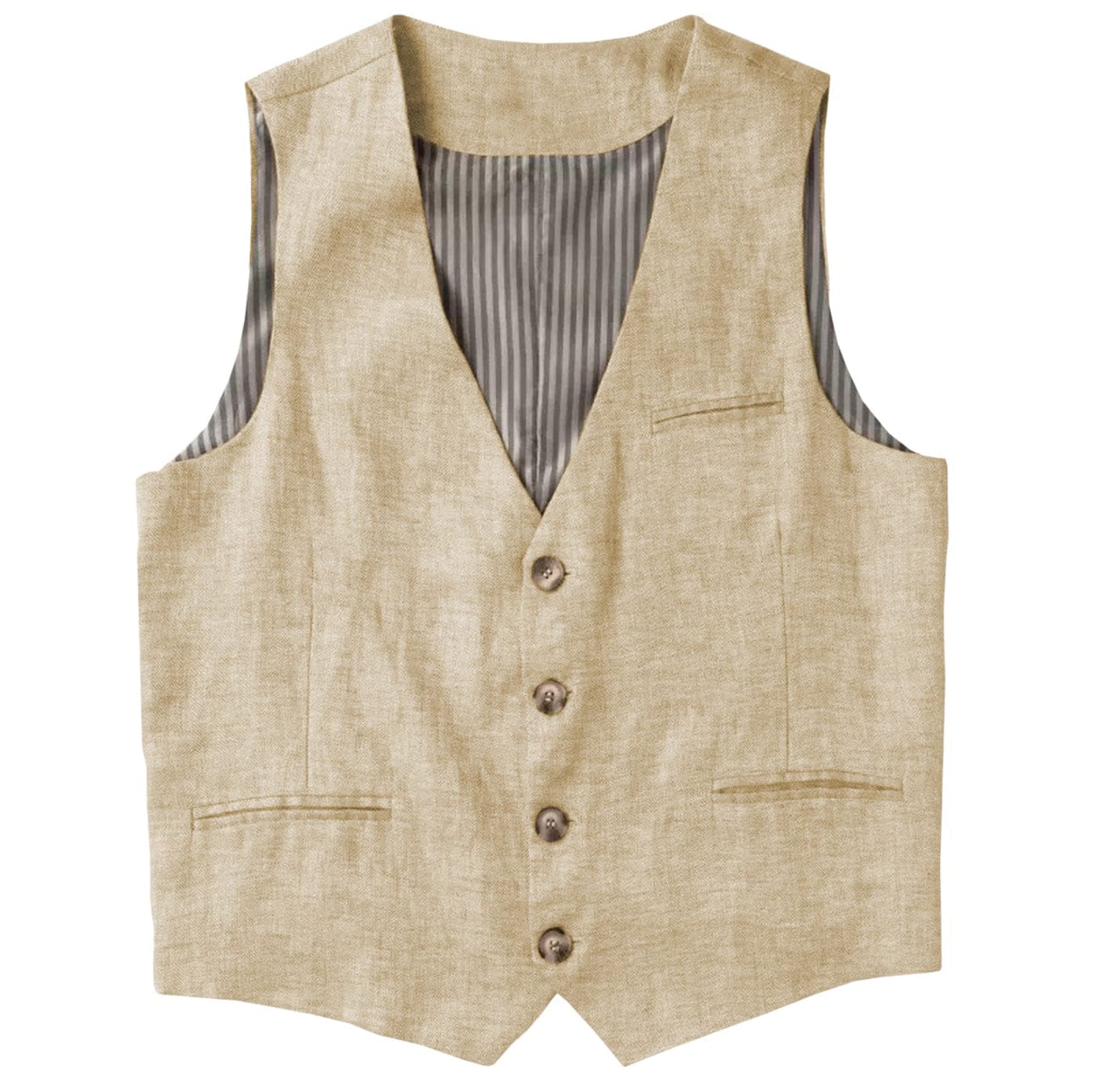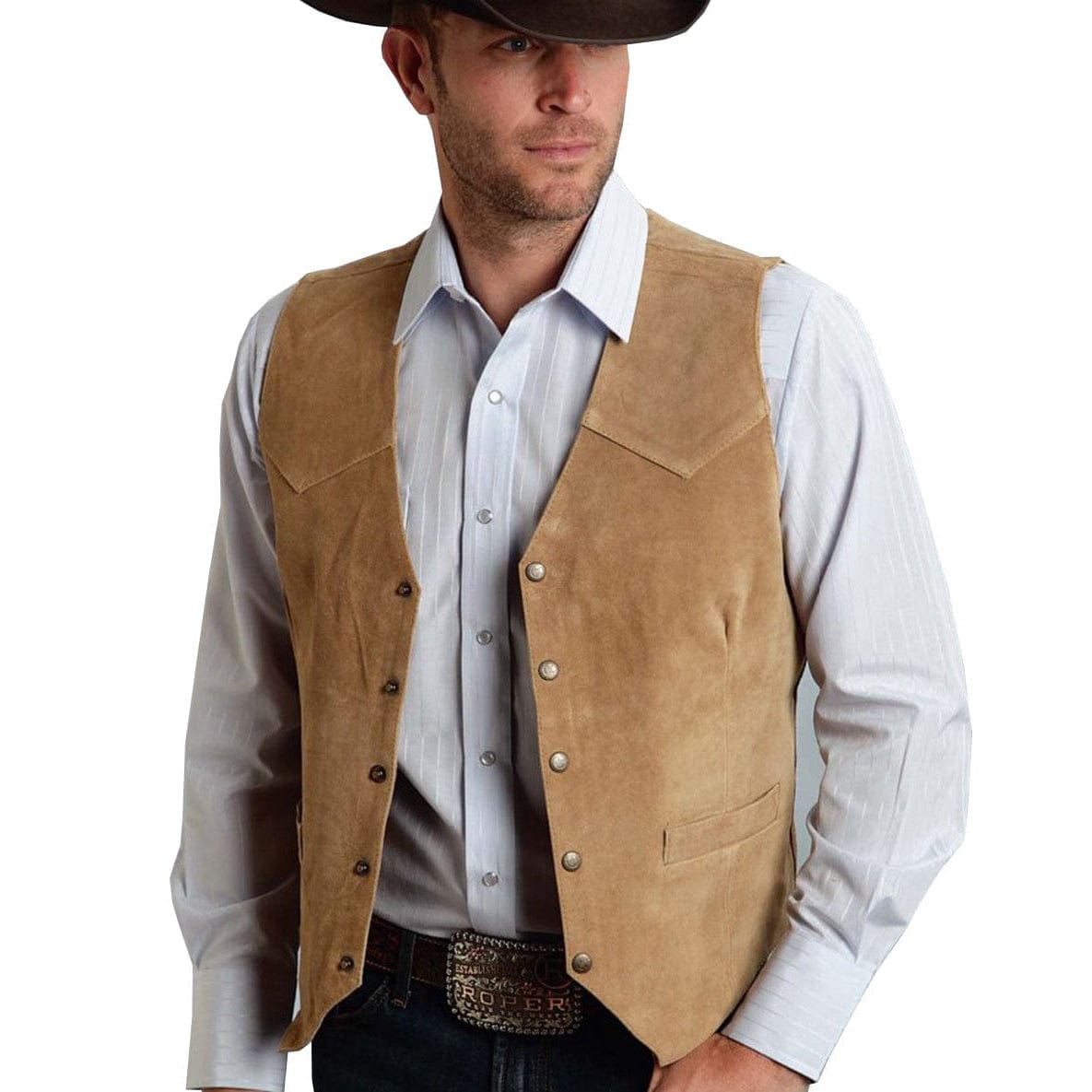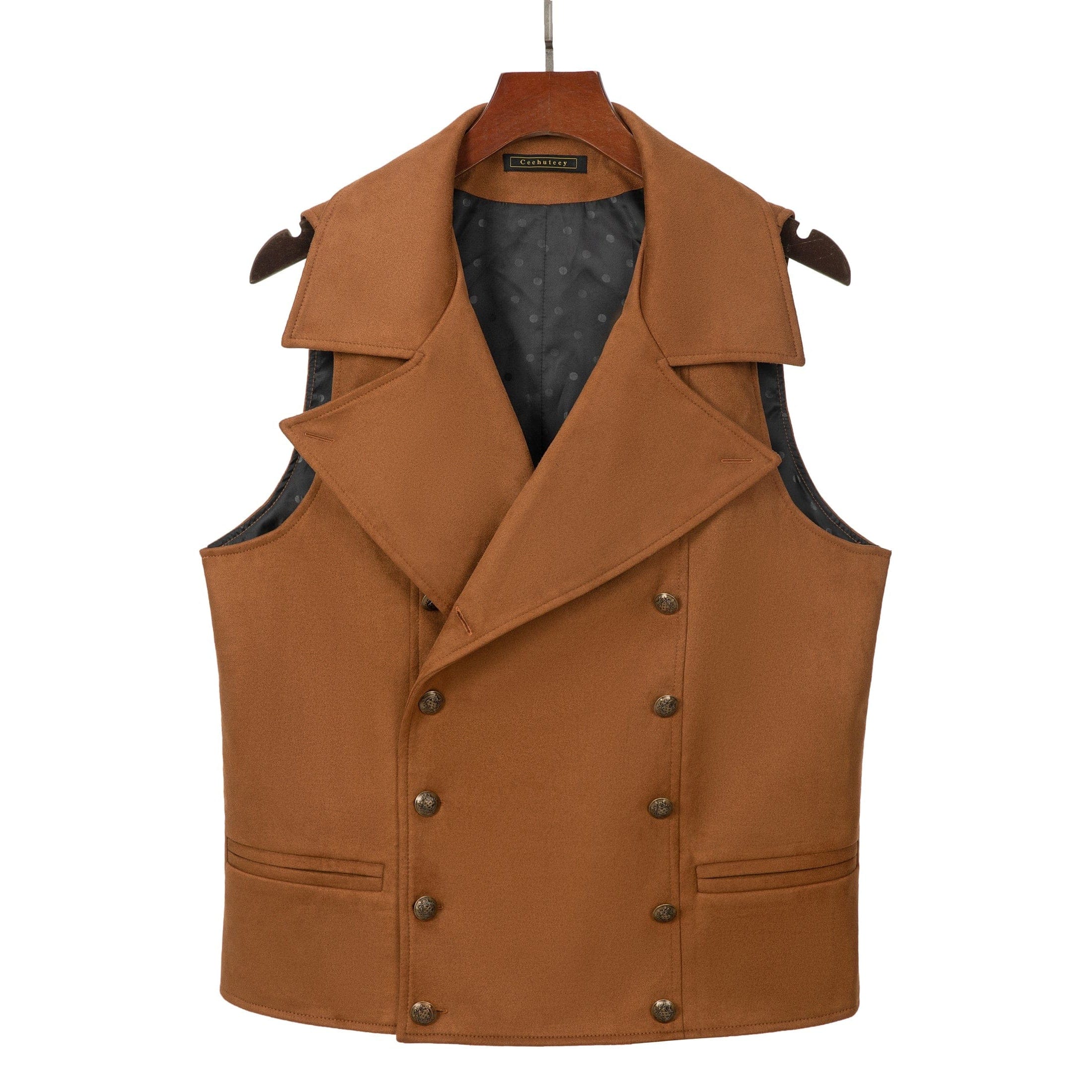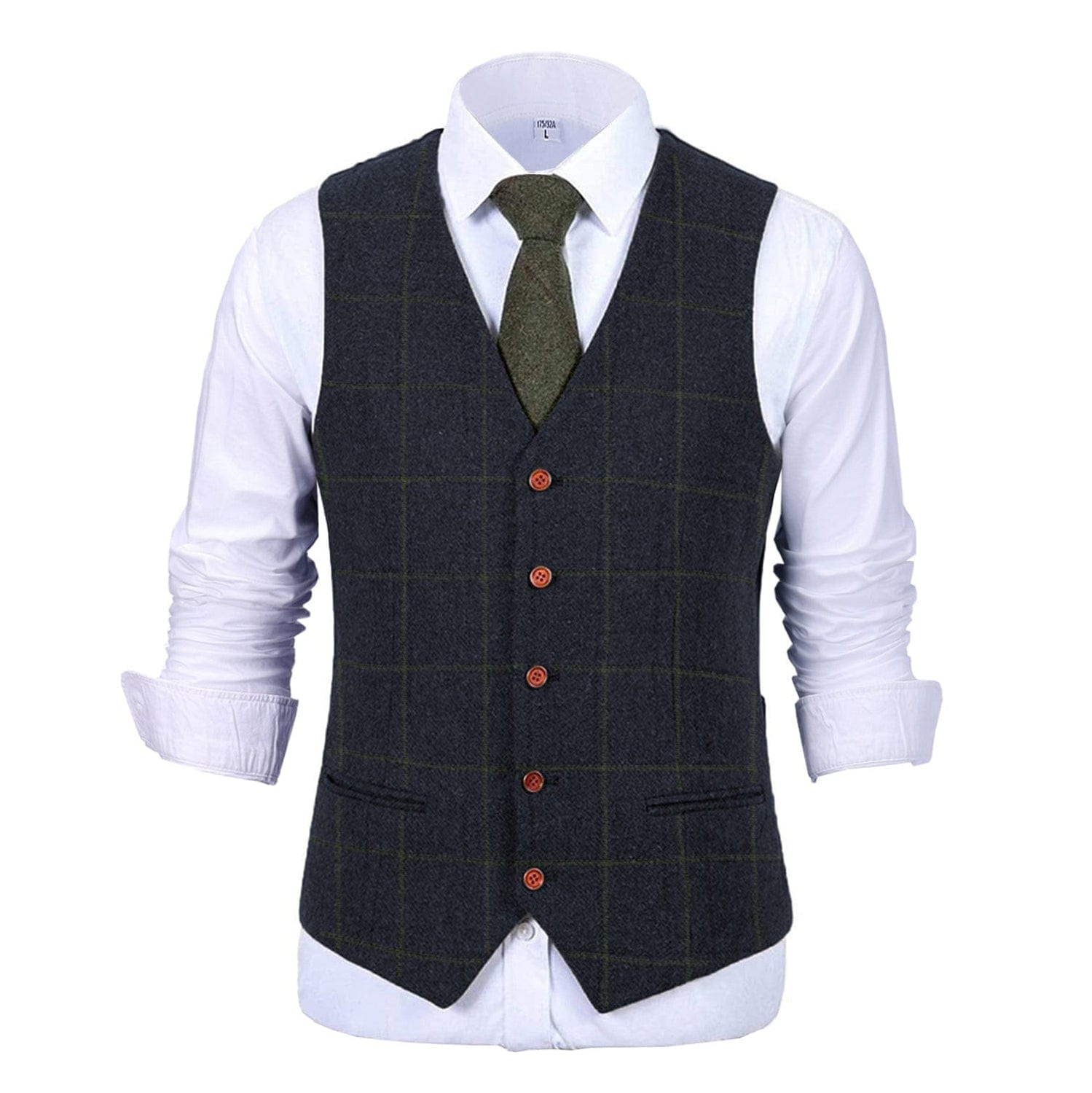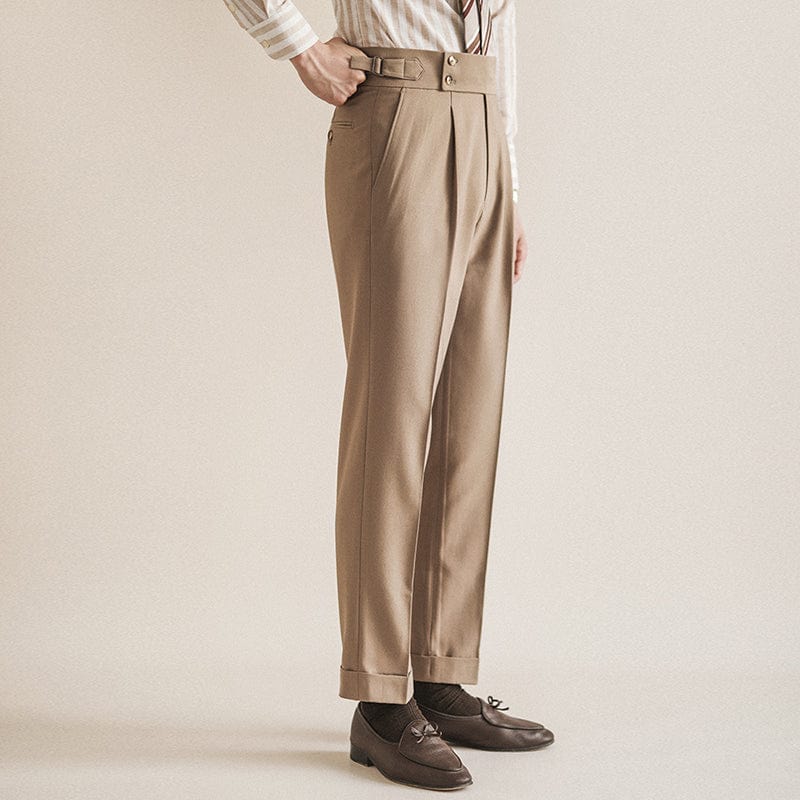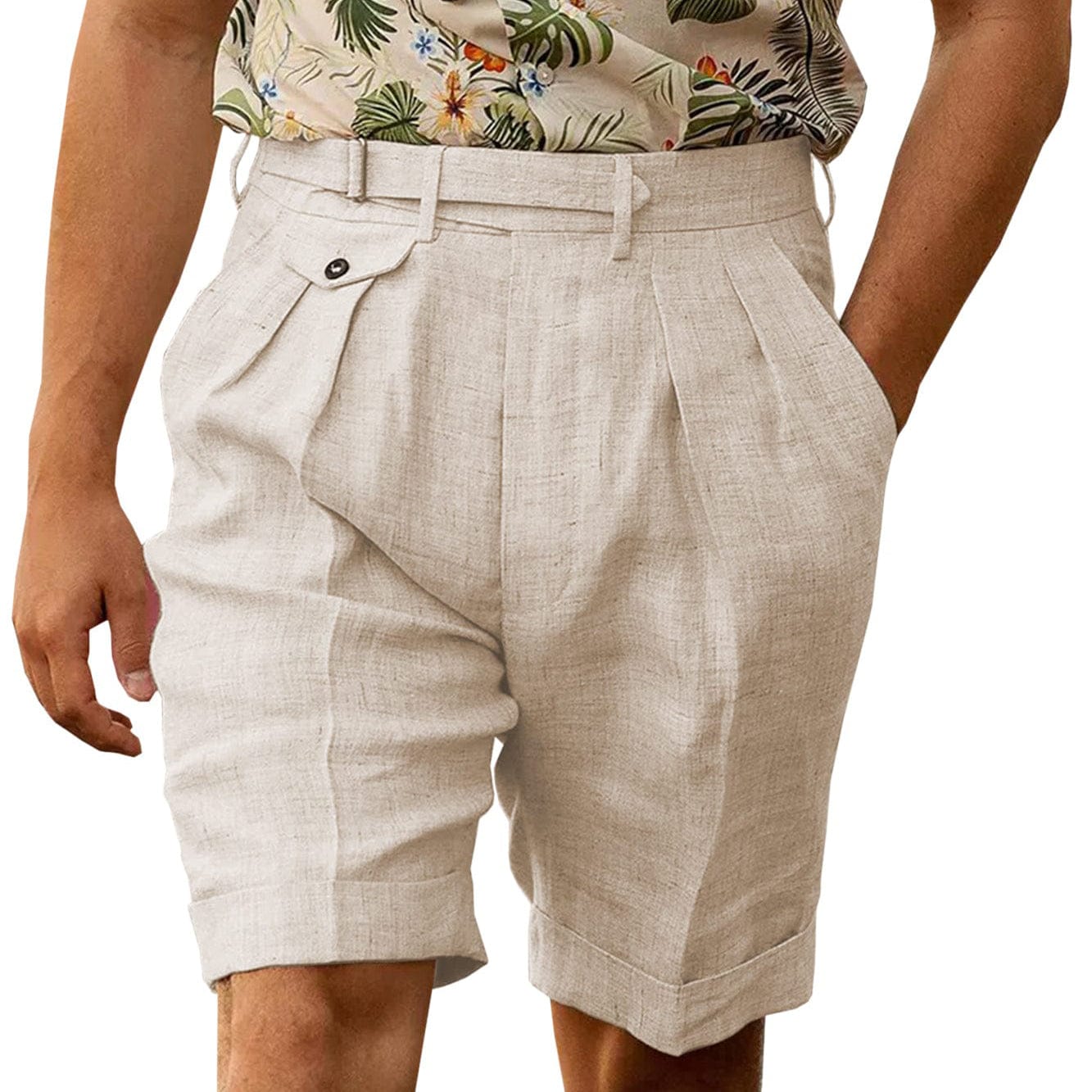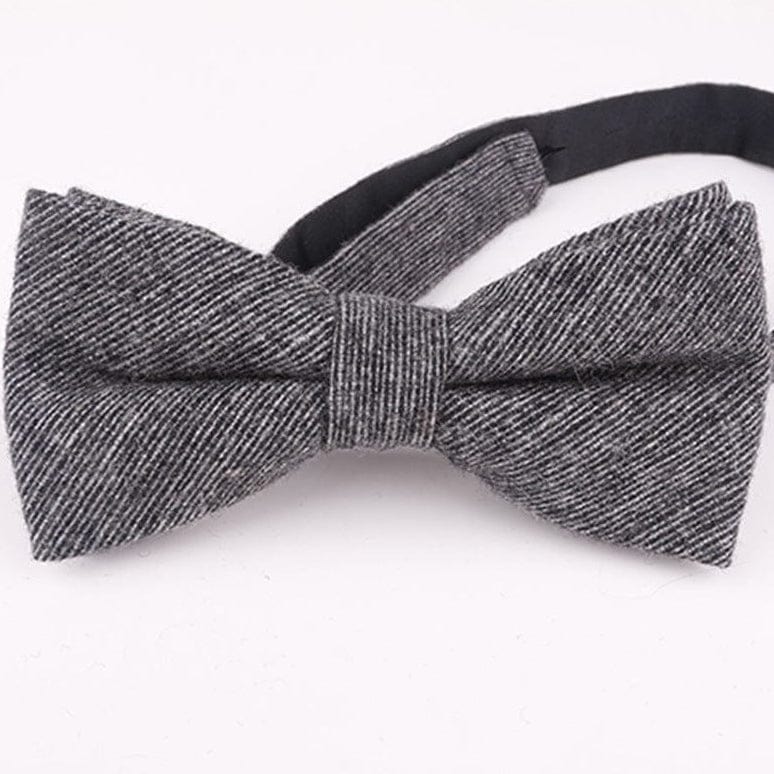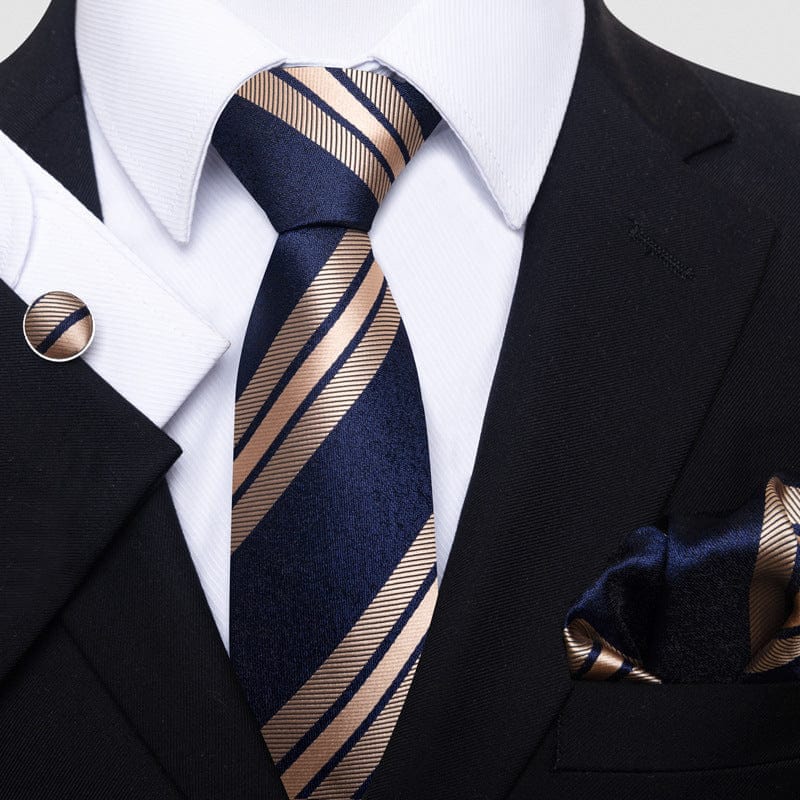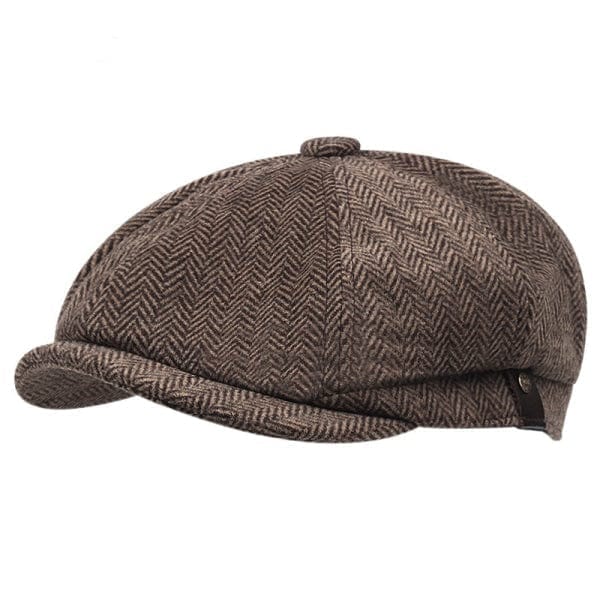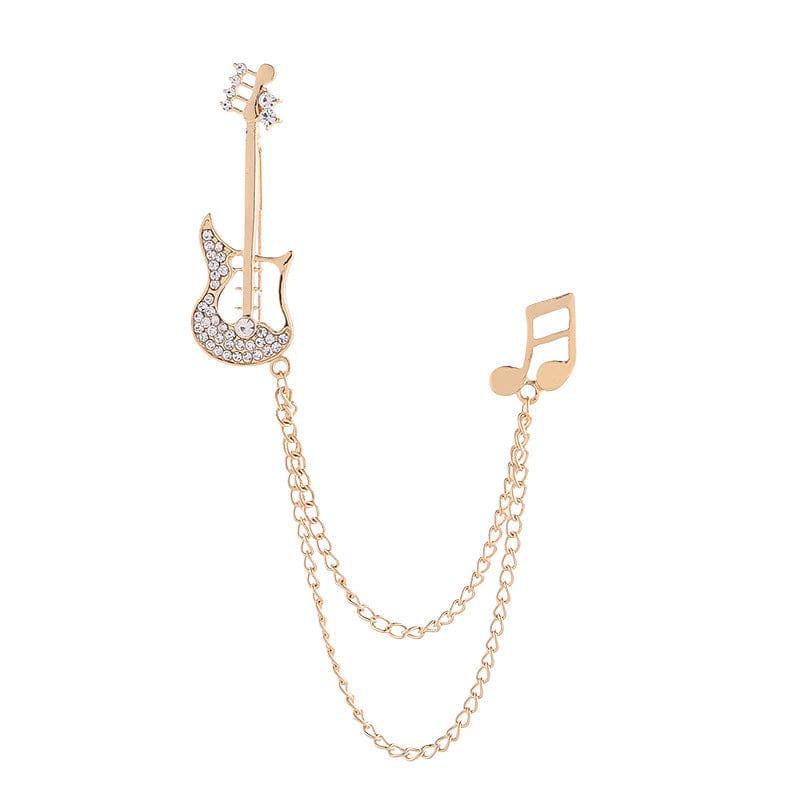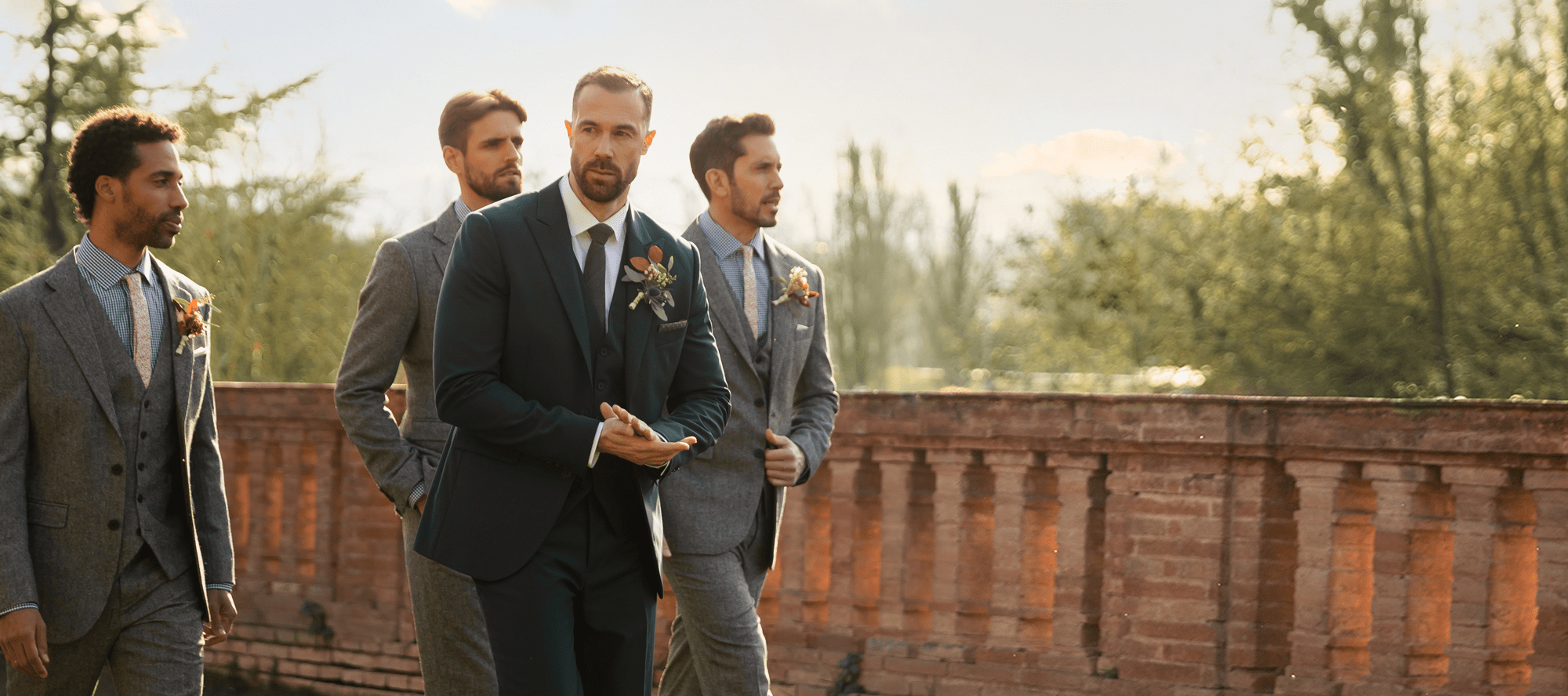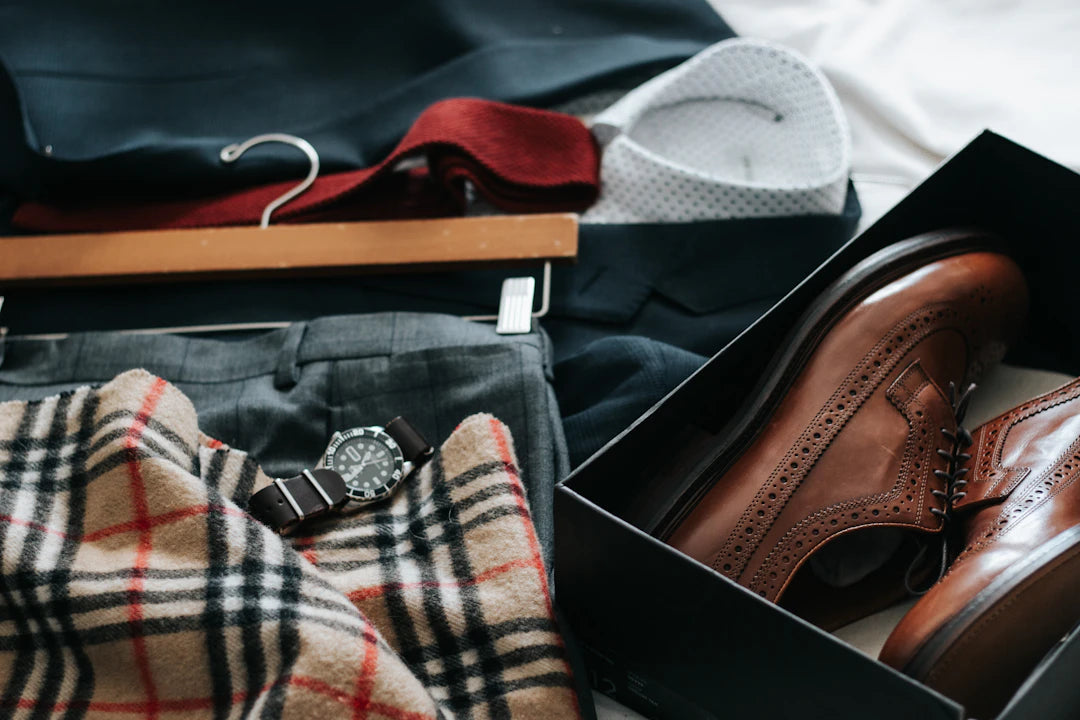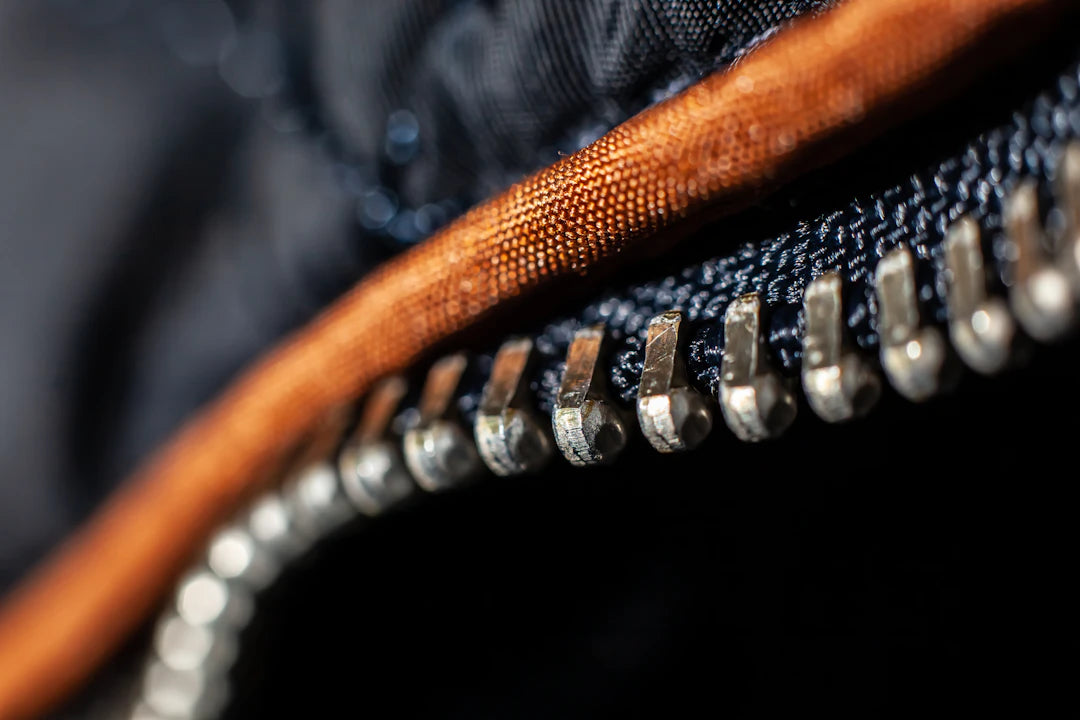Overview
Exploring how culture shapes suit fashion globally, the article covers influences from British, Italian, and Japanese styles, as well as materials like wool and linen. It discusses suits for various occasions, the impact of affordable fashion, and the rise of second-hand culture. Additionally, it highlights the embrace of cultural diversity and gender fluidity in modern suit designs, emphasizing that suits reflect personal stories and values.
Frequently Asked Questions
1. What role does culture play in suit fashion?
2. How do British suits differ from Italian suits?
3. What materials are commonly used in mens suits?
4. How has the perception of suits changed with affordable fashion?
5. What are fusion styles in suit fashion?
Fashion is a dynamic reflection of societal values, traditions, and cultural nuances. Among the various categories in the fashion industry, suits stand out as a versatile and essential wardrobe staple—especially for men. As we explore how culture influences suit fashion around the world, we'll highlight the elements that dictate styles, materials, and even the occasions for wearing mens suits.
The Global Language of Suits
From a classic three-piece suit in the bustling streets of London to a sleek, minimalist silhouette in Tokyo, mens suits have carved a niche across diverse cultures. The suit is more than just formal wear; it's a dialogue between heritage and contemporary style. Understanding this language requires a look into various countries and their unique interpretations of men’s formal attire.
1. The British Influence
Renowned for its traditional tailoring and quintessential aesthetics, British suit fashion is characterized by its structured silhouettes and high-quality fabrics. The tailored mens dress suits often come in unique patterns, such as houndstooth and pinstripe, that reflect a deep-rooted history.
- Savile Row Tailoring: A historic street in London synonymous with bespoke tailoring, suits crafted here can feature exquisite detailing and personalization.
- Heritage Fabrics: Wool remains a staple fabric. The British often opt for heavier materials for colder climates, contributing to the durability and elegance of their suits.
2. The Italian Flair
The Italian fashion scene brings a vibrant and flair-centric approach to mens 3 piece suits. Italy is celebrated for its artistry in tailoring that combines exquisite craftsmanship with a touch of drama and color.
- Color and Pattern: Italians often embrace bold colors, vibrant patterns, and lightweight fabrics, making their suits perfect for a variety of occasions.
- Unstructured Silhouettes: Unlike the rigid British styles, Italian suits may feature softer lines, enhancing comfort while maintaining elegance.
3. The Japanese Minimalism
Japanese fashion focuses on simplicity and quality, where less truly is more. The suits tend to showcase clean lines, monochromatic color schemes, and exceptional tailoring without exaggerated embellishments.
- Clean Aesthetics: Japanese mens suits often highlight the beauty of simplicity, with designs that focus on the perfect fit and the finest fabrics.
- Emphasis on Functionality: The suits reflect a lifestyle that values practicality without sacrificing elegance, making them ideal for the busy urban professional.
Culture and Suit Materials
Suit fabrics significantly influence how they are perceived and worn. Different cultures prefer various materials based on climate, aesthetic preferences, and societal norms.
1. Wool and Its Timeless Appeal
Across the globe, wool is perhaps the most universally accepted fabric for mens dress suits. Renowned for its durability, breathability, and versatility, it remains a key choice for formal wear.
- In colder climates, heavier weights and blends offer warmth.
- In warmer regions, lightweight wool suits deliver a refined look without compromising comfort.
2. Linen for the Laid-Back Culture
Linen has carved a niche in warm-weather climates, particularly in Mediterranean countries. Lightweight and highly breathable, linen suits are a staple for both casual and formal occasions during summer months.
- Relaxed Vibe: The natural wrinkles of linen give it a relaxed and effortless vibe, perfect for laid-back weddings or beach events.
- Eco-Friendly Choice: Linen is also appreciated for its sustainable qualities, aligning with growing eco-conscious sentiments.
Suits for Diverse Occasions
The definition of formal varies across cultures. Here’s a look at how certain customs dictate the appropriateness of mens suits in various settings.
1. Business Attire
In many Western countries, a well-tailored business suit (especially mens dress suits) is the accepted uniform for professional environments. However, in other regions, the expectations may differ.
- Flexible Norms: Some cultures promote business casual, where stylish shirts and blazers might replace traditional suits.
- Dress Codes: Familiarizing oneself with local etiquette is crucial for expatriates or tourists, as mishaps can lead to uncomfortable situations.
2. Weddings and Celebrations
In various cultures, suits become a symbol of celebration, worn during weddings and significant festive occasions. The style of suit can convey a lot about the cultural context.
- Traditional Fabrics: In some cultures, special fabrics like silk may be favored for weddings to signify prosperity and joy.
- Unique Styles: From the ornate sherwani in South Asia to the elegant tailcoats in Europe, local aesthetics play a crucial role in formal suits for men for special occasions.
Breaking Stereotypes with Cheap Suits
The perception of suits has traditionally been associated with high prices and luxurious brands. However, recent trends have witnessed the rise of cheap suits that challenge this notion without compromising on style or quality.
1. Affordable Fashion Movements
As the concept of sustainable fashion grows, several brands are emerging with affordable suit options. The mens 3 piece suits or tailored suits offered at reasonable prices cater to the modern consumer who values style and budget.
- Accessible Trends: These suits often incorporate trending designs and materials, ensuring that fashion is not exclusive to the elite.
- Increased Variety: With the surge of online retailers, there's a broader selection of suits available at various price points, providing more options for personal expression.
2. The Rise of Second-Hand Culture
Another trend contributing to the accessibility of mens suits is the second-hand clothing movement. Thrift stores, online resale platforms, and clothing swaps have made it easier than ever to find stylish, affordable suits.
- Fashion with a Purpose: Sourcing pre-loved suits not only saves money but also promotes sustainability by reducing waste in the fashion industry.
- Unique Finds: Vintage suits can carry character and history, offering a unique touch to an outfit that new suits sometimes lack.
Embracing Cultural Diversity in Suit Fashion
As the global community becomes more interconnected, the influence of diverse cultures on suit fashion continues to grow. The melding of ideas results in unique expressions of style that are as diverse as the cultures themselves.
1. Fusion Styles
Fashion often borrows and combines elements from various cultures, leading to innovative and exciting designs. Fusion suits have emerged, incorporating traditional patterns or fabrics into modern cuts.
- Cultural Appreciation: Wearing suits that honor specific cultural traditions signifies respect and appreciation for those customs.
- Creativity and Individuality: Fusion styles empower individuals to express their cultural identities and personal tastes through their formal wear.
2. Gendered Norms and Transformation
The conversation around gender and fashion impacts suit culture, encouraging brands to cater to all genders and preferences. This shift has paved the way for more fluid styles that challenge traditional norms.
- Unisex Styles: Many brands are now offering suits that defy gender norms, allowing for a more inclusive approach to formal wear.
- Personal Expression: Modern suits have become a canvas for personal expression, available in varying cuts that appeal to all walks of life.
As we wrap up this exploration of how culture influences suit fashion around the world, it’s evident that mens suits are not just garments; they embody stories, values, and transformation. By embracing the diversity in styles, fabrics, and cultural significance, we can all find a suit that represents who we are. Let your personal style shine through the world of suits, redefining formal wear in your unique way.

